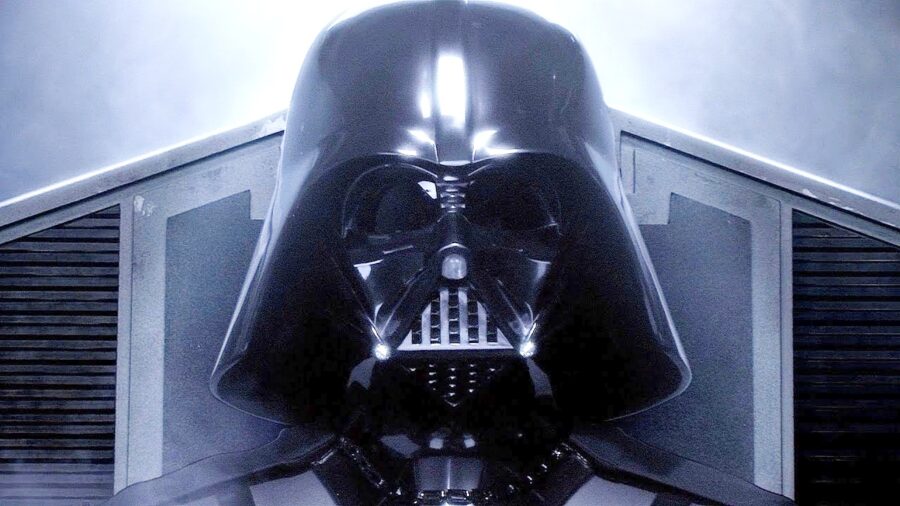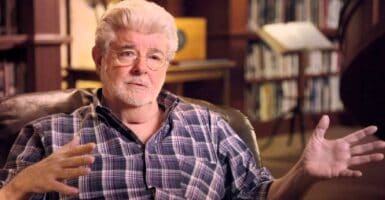You Can’t Trust Voices In Star Wars Anymore
Star Wars has brought back some of its most important characters, but they are using a new tech that might make people not trust the voices they hear in the shows anymore.
This article is more than 2 years old

Heavy spoilers are ahead for Obi-Wan, so if you have not seen it yet, do not read the rest of this article. Obi-Wan has officially kicked off, and the third episode has left people reeling. Why is that? Well, it’s mostly because Darth Vader has made his chilling return to screens. The Star Wars villain delighted audiences, as the character wreaked havoc on a mining town that Obi-Wan was hiding in. The best part about his return is that we also got to hear James Earl Jones return to voice Vader once again. However, there is something of note when it comes to the voice that is heard. Although Jones was credited as Vader’s voice, it’s not that simple. In fact, the voice being heard was generated through means of an A.I. program called, Respeecher, which Star Wars has used many times.
Apart from crediting James Earl Jones as the voice of Darth Vader, another credit also went to the previously mentioned technology used by Star Wars called Respeecher. This technology essentially takes the voice of a character from many mediums, mashes it up, and A.I. takes care of the rest to replicate how the voice originally sounds. That is the case for why Vader sounds much closer to his original trilogy self in Obi-Wan. Jones has aged, and as such, his voice has altered too. Because of that, this new tech is used to capture the same fierceness that the original trilogy voice Vader possessed. This same tech was also used when capturing the younger sounding Luke Skywalker in The Mandalorian and The Book of Boba Fett.
This has led many to criticize the voice acting in Star Wars films and shows. However, it can’t be much of a criticism when it comes to the ages of some of these actors. James Earl Jones may not have sounded as identical in Rogue One as he did in A New Hope, but he is still the voice of Darth Vader. He always will be. The fact that he is still being credited as the voice matters a great deal to fans. Sure, the A.I. program is doing much of the heavy lifting, but it is still the original tracks of Jones as Vader that are being used to capture the essence of the original Vader voice. Star Wars uses Respeecher to capture the same magic that was created 45 years ago.
Both James Earl Jones and Mark Hamill are older gentlemen, and as such, they understand that replicating a voice they did that many years ago is impossible. Hamill promoted the hell out of himself being back in The Mandalorian, so it stands to reason that he was happy to be part of that series, although it wasn’t his real-time voice being used. The same can presumably be said for Jones returning as Darth Vader, though his voice is redone by the Star Wars Respeecher tech for Obi-Wan.
Star Wars using Respeecher to keep Darth Vader sounding as menacing as possible certainly worked out. The villain’s return in Obi-Wan was felt deeply by his dark and booming voice cascading over the brutal techniques used in the episode. This sounds like the wave of the future, though some people might not trust the voices anymore.











